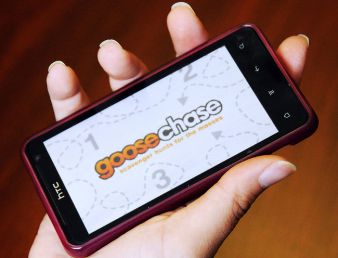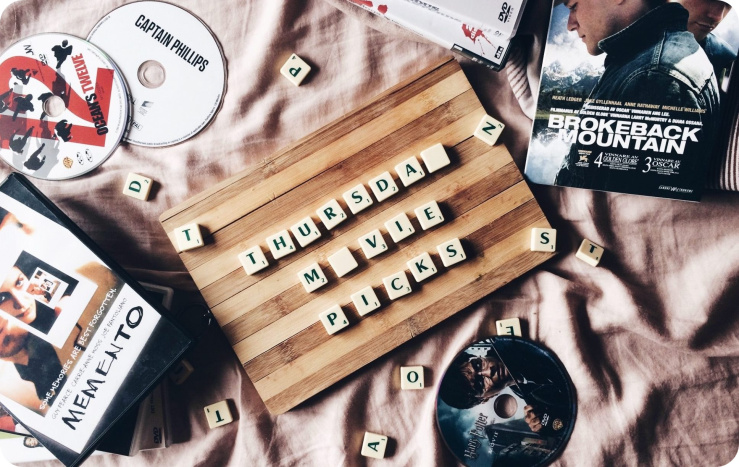Connecting the Dots…
In pursuit of reshaping teacher instructional practice, or pedagogy as it’s known, has brought about new instructional strategies to foster student learning in recent years. Finding the “perfect” digital pedagogies is still somewhat elusive in the complex field of teaching and learning, but much needed because students entering classrooms today are wired completely different. According to William D. Winn, the director of the Learning Center at the University of Washington’s Human Interface Technology Laboratory, children raised with technology, “think differently from the rest of us. They develop hypertext minds. They leap around. It’s as though their cognitive structures are parallel, not sequential.” (Prensky, 2007). Thus, the big ideas of messy learning, noisy knowledge and challenge-based learning through purposeful play have me thinking lately about gameful learning as a pedagogy. Furthermore, Jane McGonigal’s Ted Talk takes an entertaining look into gaming as a culture and as an important set of life skills needed for students to be future ready. Using a gaming mindset, I’d like to take a closer look at how an app like Goosechase can be utilized to hack concepts of gamification to achieve the value of digital play to support and deepen classroom learning, bolster student engagement and encourage collaborative teamwork.
Goosechase in the Classroom…
From the teacher perspective, the Goosechase app is an interactive gaming platform to foster active learning, engage students in problem-solving and higher-order thinking exercises, builds student agency, facilitates self-directed learning and utilizes motivation techniques to capitalize on the Generation Z/Alpha psyches. Think of the Goosechase product as a digital scavenger hunt on steroids. The app provides a simple gamification designed shell for teachers to construct and integrate game mechanics such as missions, points, progression and feedback into classroom curriculum either for one-setting, for a few days or even for multi-week use. Structuring the game starts with developing a game story and flow by determining the curricular and non-curricular learning targets and employing a backward lesson design process to build a robust and highly curricular connected gaming experience.

Image Source
The actual game building process takes place by a teacher creating a free account through the www.goosechase.com website and then accessing that account still via the website to develop the individual gaming missions that link together in a linear or constructivist format. The number of missions an individual student or groups of students participates in is determined by the teacher’s curricular or assessment needs. For one setting of classroom play, around 6-8 missions is appropriate, for play over a couple of day think around 10-14 missions, and for multi-week play consider 18-20 missions or breaking the games into mini-series that students can level up. For each mission created, the teacher names the mission (being clever and/or having a theme is a must), assigns a specific number of points, determines how evidence will be collected and uses 300 characters or less to articulate the mission’s goals and requirements. The teacher can also add links to a mission to support access to additional resources. Once developed, missions can be coded to occur in a specified order or allowed to be played as user desired. While students are playing the game, additional missions can be added “on the fly” to accommodate new learning opportunities as they arise. Once missions are launched on the student side, the teacher has real-time access to game analytics including student submissions and a game leaderboard. Having real-time data affords the teacher the opportunity to identify any students or student groups that are struggling with the learning activities and provide any necessary intervention as needed.
From the student perspective, the Goosechase free app needs to be downloaded on an iOS or Android mobile device. If students are working in teams, only one student on the team needs to create an account. Once logged in, students search for the name of game to begin completing their missions. Students submit evidence to support their learning and although they receive their points right away when completing each mission, those points are subject to review by the teacher. Additionally, students can receive bonus points if their submissions are extra impressive.
From an Educator Lens…
Using gaming methods to integrate gamification experiences for gameful learning and assessment accomplishes many of the goals for both the ISTE Student Standards, the Common Core State Standards (CCSS), and Districts’ curriculum requirements if planned appropriately. Using the Goosechase app, students will leverage technology to demonstrate content competency through challenge-based missions and must possess digital citizenship skills in submitting their digital evidence and artifacts. Student can also have choice and voice in the curation of the digital resources that they will use to construct their knowledge as well as the potential to make learning meaningful for themselves and their teammates. Using all of the 4C’s, students will complete different missions along the way that can broaden their perspectives and enrich their understanding through purposeful technology-mediated learning. Leaderboards and experience points can offer transparency in the learning process and also potentially provide “surprise” elements to reward students for taking risks, failing forward, using perseverance and grit all while building a feeling of accomplishment of the learning goals. The CCSS’ are taken into consideration during the build process by the teachers to ensure that these gameful experiences are not viewed as fluffy or just for fun activities but rooted in an innovative and blended pedagogical way.
Recommended Improvement…
If I were to recommend one major change or update to the Goosechase app, I would encourage the creator of the app to cleanly split the business into two separate entities. Meaning, create a Goosechase business app and a Goosechase educational app. Doing so, would allow the vendor to better serve the very disparate user groups of the existing app, and perhaps provide a more reasonable pricing structure for non-profit institutions, offer help desk support with an educational bent, and possess the ability to offer additional specific “educational” app needs like running multiple games concurrently, sending signals to teams in action, and building in a robust feedback loop to perhaps find wider acceptance in the educational market.
Final Thoughts…
In an era of high-stakes testing and compliance progress monitoring, non-traditional pedagogies such as gamification and game-based learning get placed too often on the back burner in classrooms and/or are used primarily as filler Fridays or for end of the year fun. Through my experience running Goosechase games in a K-12 setting, students are very engaged, motivated through the missions because they realize that a larger audience will be looking at their hard work, and enjoy demonstrating content mastery in a non-traditional way. Goosechase has been a powerful learning and assessment tool to offer students experiential, self-directed, collaborative team learning. It’s time to consider moving gameful learning to the front burner!
Prensky, M. (2007). Digital game-based learning. St. Paul, MN: Paragon House.
Advertisements Share this:




